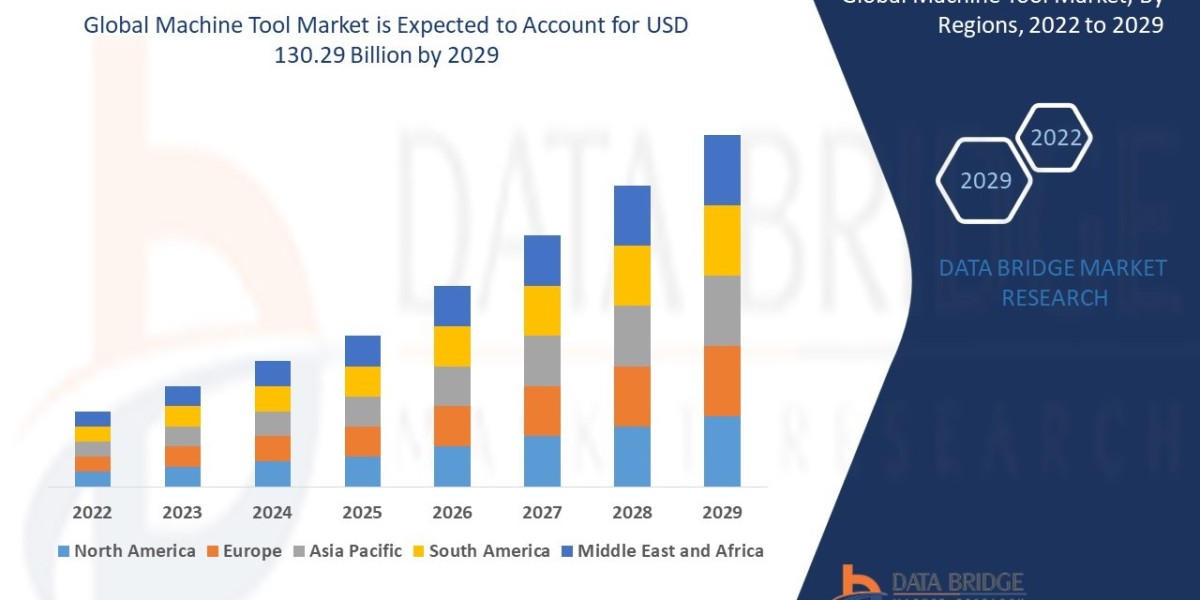The world of data is changing. For years, data analysis has been a specialized field, requiring deep knowledge of programming languages like Python or R, and complex software. But with the advent of large language models (LLMs), this is no longer the case. The ability to communicate with a computer using natural language has opened the door to a new era of data exploration, and a new tool is leading the charge: ChartGPT.
ChartGPT is an innovative AI-driven tool that transforms the data experience. It allows users to interact with their data using conversational analytics, making it accessible to a much broader audience. Instead of writing lines of code or wrestling with complicated menus, users can simply ask questions in plain English and receive instant insights, complete with stunning data visualizations.
How ChartGPT Works
At its core, ChartGPT leverages powerful AI to bridge the gap between human language and data. When you upload a dataset, such as a CSV or Excel file, ChartGPT's underlying model, often based on a variation of OpenAI's GPT, first examines the data to understand its structure and content. This initial step is crucial for the AI to grasp the context of the information.
Once the data is ingested, you can begin your conversation. ChartGPT then performs a series of steps to fulfill your request:
Understanding the Prompt: The AI interprets your natural language query, for example, "Show me a bar chart of sales by region for the last quarter."
Code Generation: It translates this query into a programming language like Python, using libraries such as pandas for data manipulation and Matplotlib or Vega-Lite for visualization. This happens in a secure, backend code execution environment.
Execution and Analysis: The generated code is run, and the results are analyzed.
Visualization and Response: The AI integrates the results into a human-readable response, often presenting the data in the form of a chart or graph. The beauty of ChartGPT is that you don't need to see the code or understand the technical process; you simply get the desired output.
This ability to write and execute code on the fly is what gives ChartGPT its power, enabling it to perform complex mathematical operations, statistical analyses, and create dynamic, interactive charts with ease.
Key Features and Applications
ChartGPT's conversational approach to data analysis has a wide range of applications across various industries and roles.
Data Visualization: This is perhaps the most celebrated feature. Users can generate a variety of charts—bar charts, line graphs, pie charts, scatter plots, and more—with simple prompts. It can even suggest the ideal chart type for a given dataset, taking the guesswork out of visualization.
Automated Insights: Beyond just creating charts, ChartGPT can summarize key findings from a dataset. You can ask it to identify trends, outliers, and patterns, providing a high-level overview or a detailed breakdown of your data.
Data Cleaning and Manipulation: ChartGPT can assist with the often tedious process of data preparation. You can ask it to remove null values, normalize data, or transform a dataset, making your analysis more accurate and efficient.
Code Generation for Analytics: For those who are still learning or need a quick start, ChartGPT can generate the actual code for data analysis tasks in languages like Python or R, which can then be copied and used in other environments. This serves as a valuable learning and productivity tool for data scientists and analysts.
Interactive and Customizable Charts: Many versions of ChartGPT offer interactive charts, allowing you to zoom, pan, and filter data directly within the visualization. You can also give specific instructions to customize the aesthetics, such as changing colors or adding labels.
Conclusion
ChartGPT represents a significant step forward in making data analysis more accessible and intuitive. By leveraging the power of natural language, it empowers individuals who may not have a background in data science to explore their data, uncover meaningful insights, and create compelling visualizations. While it’s not a replacement for a human data analyst, it acts as a powerful assistant, automating repetitive tasks and democratizing the process of turning raw data into actionable knowledge. As the technology continues to evolve, we can expect ChartGPT and similar tools to become an indispensable part of how we interact with and understand the world of data.







